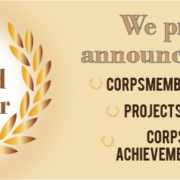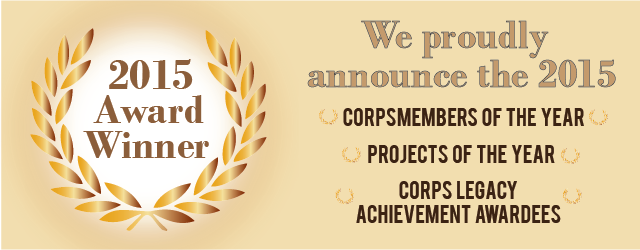The Corps Network Great Outdoors Day of Service in the Nation’s Capital
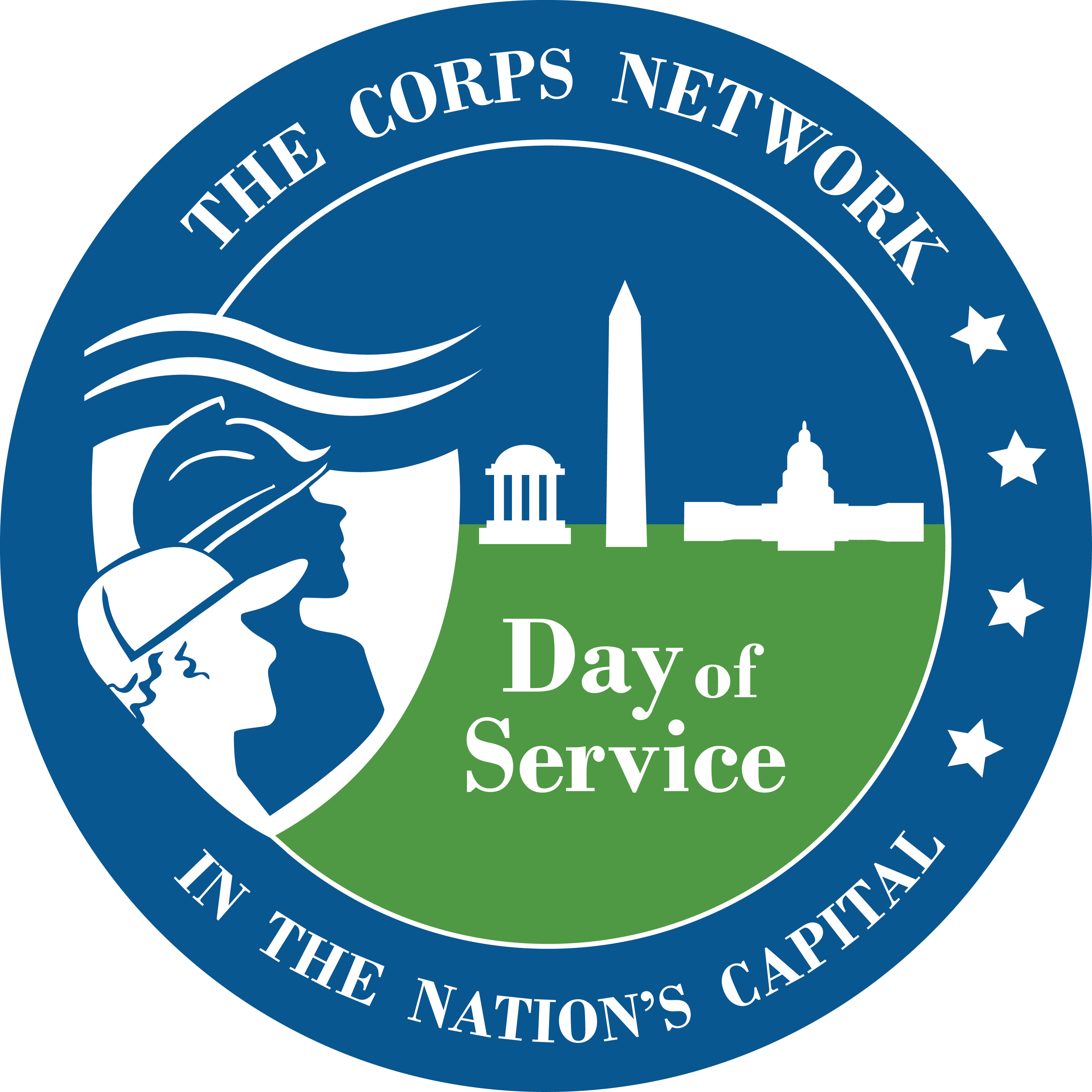
The Corps Network’s 2nd Annual Great Outdoors Day of Service
Thank you to everyone who participated in The Corps Network’s Great Outdoors Day of Service in the Nation’s Capital! It was a huge success!
Day of Service in the Nation’s Capital Facts
What: On Friday, June 19th, in recognition of Great Outdoors Month (June), The Corps Network hosted the 2nd annual Great Outdoors Day of Service in the Nation’s Capital. The event brought together Corps from across the country, as well as friends and supporters of The Corps Network, to participate in conservation and maintenance projects at several National Park Service sites throughout Washington, DC. The Day of Service was designed to raise awareness about the importance of environmental conservation and the role service can play in protecting America’s natural spaces. We had fun conserving our parks while simultaneously demonstrating to decision-makers in Washington the value of Corps and volunteering to the environmental conservation movement. We hope you can join us next year!
– Download the fact sheet from the 2015 Day of Service
Confirmed Speakers at the 2015 Day of Service kick-off:
- U.S. National Park Service Director John Jarvis
- Bill Basl, Director of AmeriCorps
- U.S. Forest Service National Recreation Director Joe Meade
- Tina Terrell, Director of Job Corps for the U.S. Forest Service
- Gracie Billingsley, 2015 Corpsmember of the Year
- Philan Tree, National Council of Young Leaders
- Lajuan Tucker, City of Austin Park Ranger & Texas Conservation Corps alum
Service Project locations – 2015:
- National Mall – Franklin Delano Roosevelt Memorial
- Rock Creek Park
- Daingerfield Island
- Teddy Roosevelt Island
Thank You to the 2015 Great Outdoors Day of Service Sponsors & Partners
Established in 1917, Guest Services is a private, U.S.-based company originally founded to provide dining services to government agencies in Washington, D.C.
For nearly a century, we have systematically built an outstanding hospitality company based on a firm foundation of great people working with great clients to serve great customers. Learn more.
Though the company has grown, its mission to help visitors “See the Best First” has stayed the same. Along with a commitment to quality, Old Town Trolley combines history, fun facts, colorful anecdotes, and outstanding service to provide their guests with a memorable vacation experience. Learn more.

A global leader in hospitality management & food service management, Delaware North Companies presents top destinations to half a billion guests each year. With locations on four continents, serving half-a-billion guests a year, it’s not easy to come up with a simple phrase that captures all we do. Yes, we’re world leaders in culinary and hospitality. We’re specialists in serving up what fans crave, and at making travelers and visitors feel right at home. But here’s how we’d like you to really think of us. We’re a team 60,000 strong. Our role is to work behind the scenes to create world-class experiences. And our spirit, our passion, is to go beyond your expectations. Learn more.
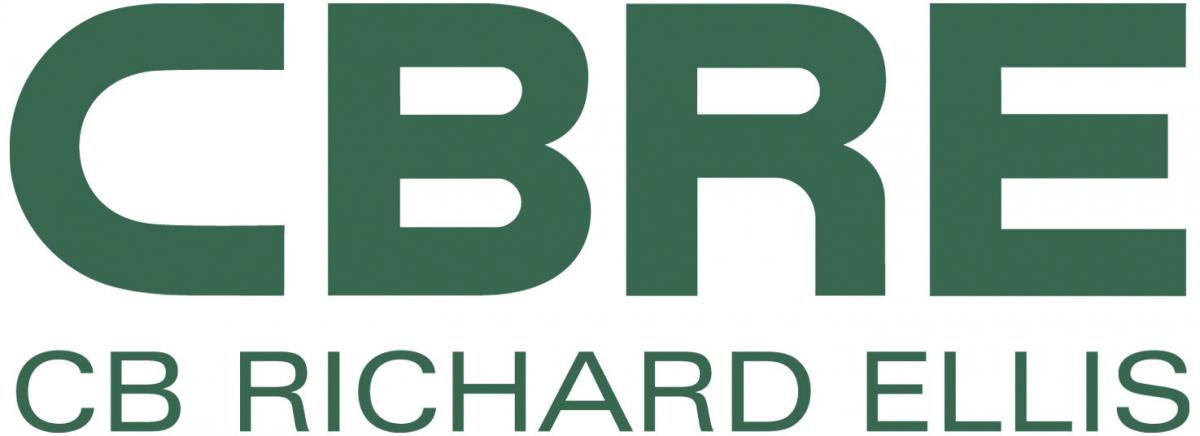
CBRE is the global leader in real estate services and investment.
Every day, in markets around the globe, we apply our insight, experience and resources to help clients make informed real estate decisions. Every year, we complete thousands of successful assignments across a wide range of markets and real estate service lines. Learn more.

Located in a quiet park-like setting, Hyatt Fairfax at Fair Lakes features healthy options for our travelers including on-site jogging trails, indoor lap pool and Precor aerobic equipment in our fitness center. Within walking distance of premium shopping, eateries and salons, we also provide a complimentary three mile area shuttle. As a hotel near Washington DC, we also offer a free shuttle to and from the Vienna Metro Station. Learn more.

Founders, Brian Stowers and Ben Kieffner, developed Flow397 in response to a shared conviction to develop a socially responsible “for-profit” business with philanthropic origins. So we pondered, “Why not develop a business that tries to be both the best in the world and the best for the world”? We are committed to donating $3.97 for each item sold to charities that support our National Parks. Our iconic heritage and landscape deserve sustained preservation and support. Learn more.

A truly American idea, the State and National Parks of this country represent our naturalheritage. North and south, east and west, they stretch from the edges of our maps to the hearts of our cities, covering nearly one-third of this nation. This June, celebrate the natural wonder and outdoor spirit of America by getting outside during Great Outdoors Month™. Once you come outside, you’ll never want to go back inside. June is a special time to celebrate America’s Great Outdoors. What started as Great Outdoors Week under President Clinton in 1998 has grown significantly under both the Bush and Obama administrations into a month-long celebration of the outdoors and all the benefits it brings – including annual economic impact of $650 billion nationwide. Learn more.

The American Recreation Coalition (ARC) is a Washington-based nonprofit organization formed in 1979. Since its inception, ARC has sought to catalyze public/private partnerships to enhance and protect outdoor recreational opportunities and the resources upon which such experiences are based. ARC organizes and conducts national conferences and meetings and disseminates information regarding recreational needs and initiatives through a variety of means, including a monthly newsletter and its website www.funoutdoors.com. ARC also monitors legislative and regulatory proposals that influence recreation and works with government agencies and the U.S. Congress to study public-policy issues that will shape future recreational opportunities. Learn more.
Materials from The Corps Network’s 2014 Great Outdoors Day of Service


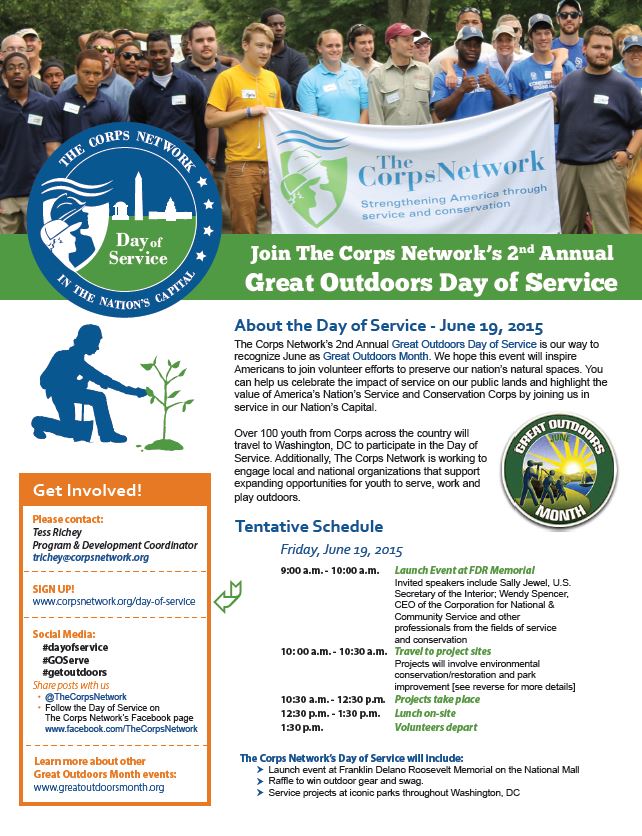


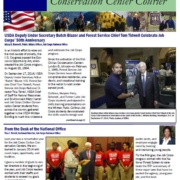
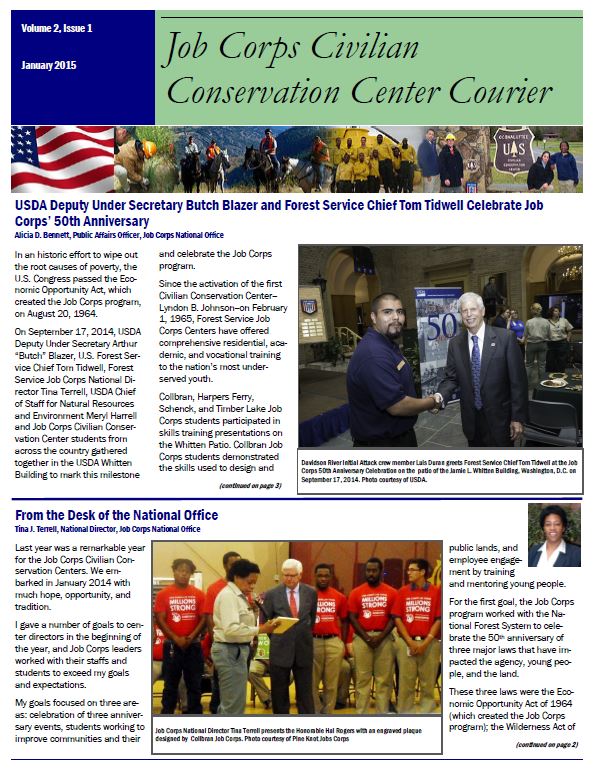
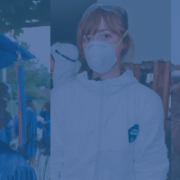





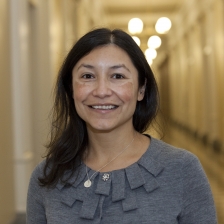
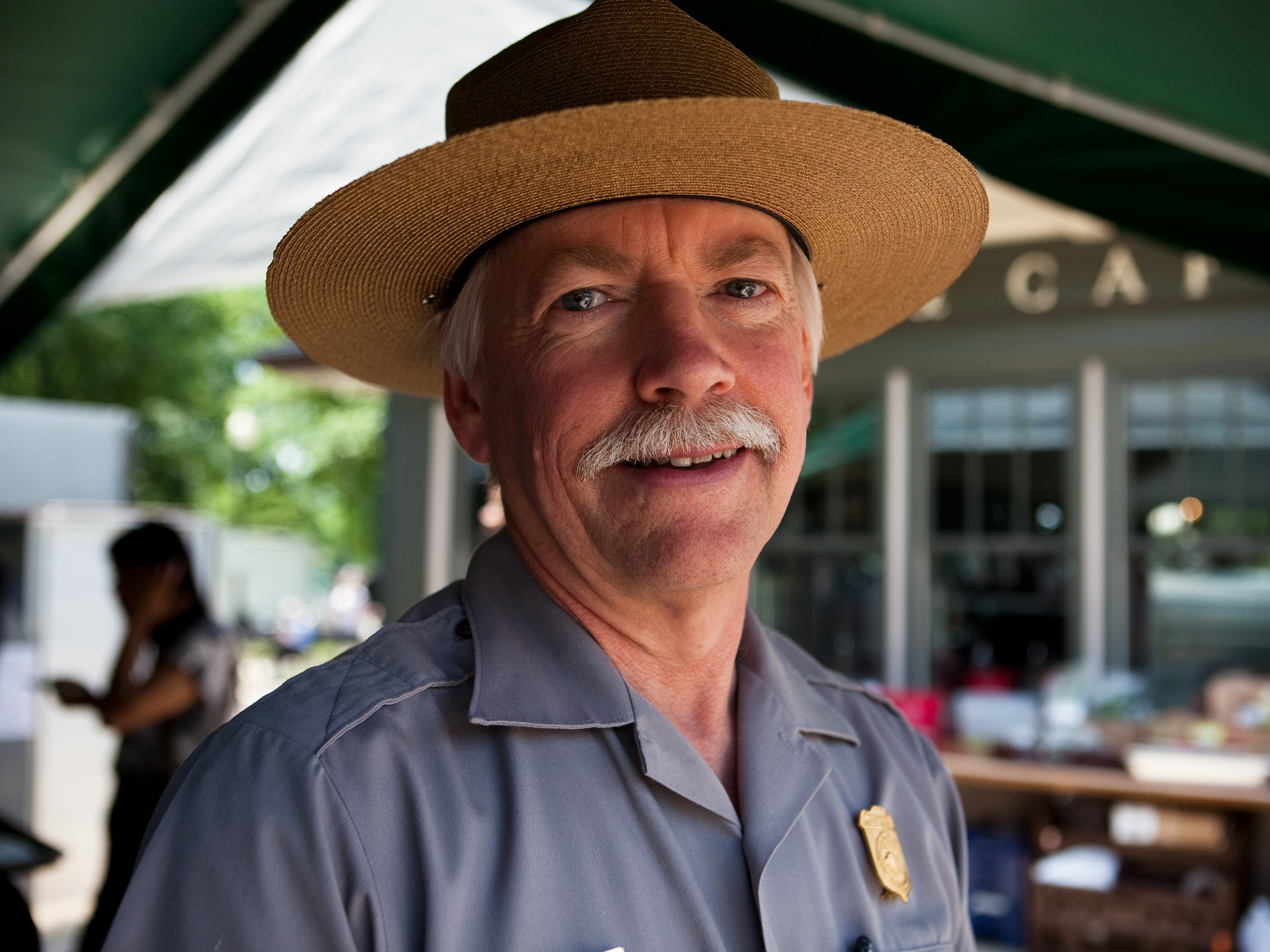
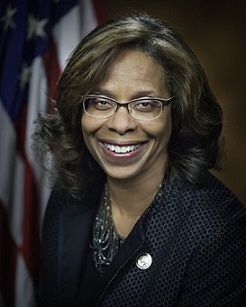
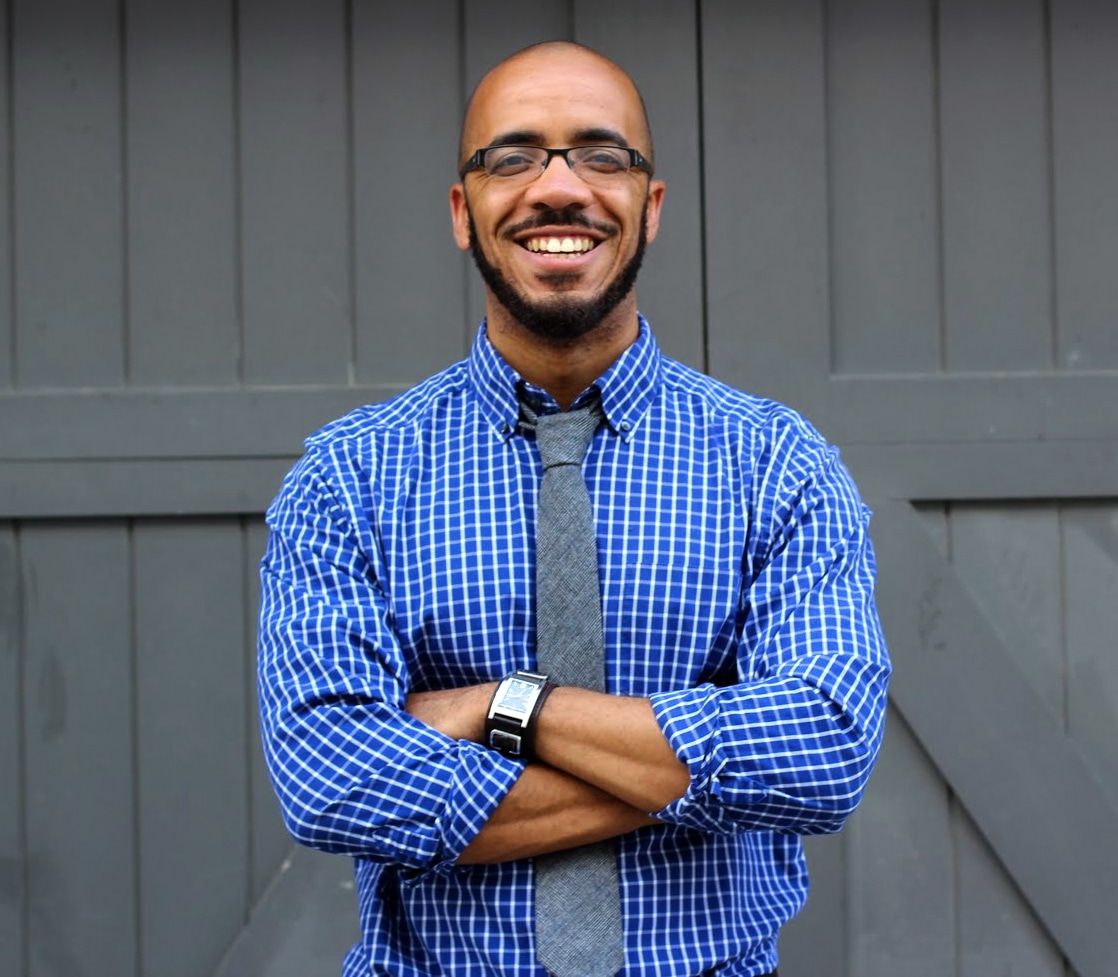
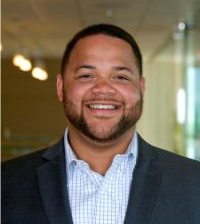
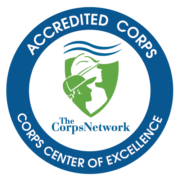
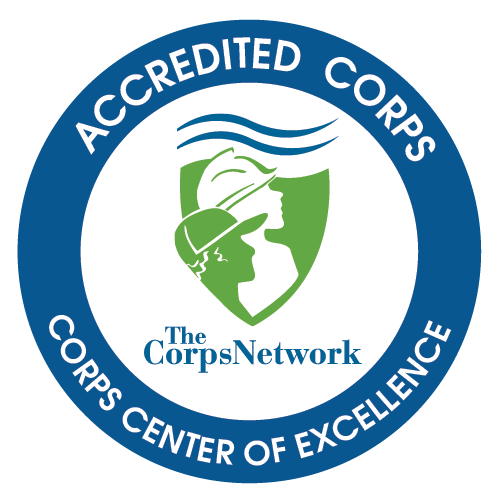 Six additional members of The Corps Network have met newly established accreditation standards. We congratulate them on this accomplishment, that indicates that each organization operates high-quality, high-performing Service and Conservation Corps programs.
Six additional members of The Corps Network have met newly established accreditation standards. We congratulate them on this accomplishment, that indicates that each organization operates high-quality, high-performing Service and Conservation Corps programs. 